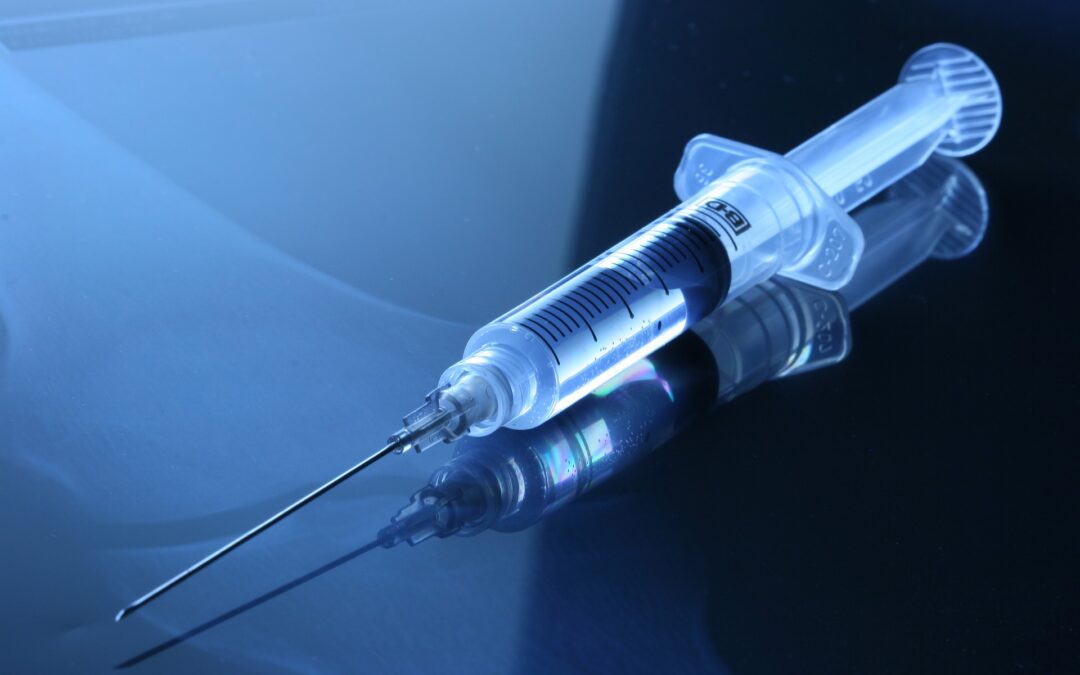Effects of Hypertonic Dextrose Injection (Prolotherapy) in Lateral Elbow Tendinosis: A Systematic Review and Meta-Analysis
Zhu M, Rabago D, Chung VC, Reeves KD, Wong SY, Sit RW. Arch Phys Med Rehab. doi: https://doi.org/10.1016/j.apmr.2022.01.166
Take-Home Message
Hypertonic dextrose prolotherapy is an effective treatment to reduce pain and improve patient-reported outcomes related to lateral elbow tendinosis.
Background
Lateral elbow tendinosis, commonly known as tennis elbow, is a self-limiting injury that causes pain, healthcare costs, and lost time from work. A patient with lateral elbow tendinosis may receive therapeutic exercise, corticosteroid injection, shock wave therapy, or bracing. Despite several clinical trials, evidence specific to hypertonic dextrose prolotherapy injection has yet to be summarized. Prolotherapy can facilitate healing by encouraging tissue proliferation and pain-relieving effects.
Study Goal
Zhu and colleagues conducted a systematic review of randomized clinical trials to evaluate the efficacy of prolotherapy injections on pain, patient-reported outcomes, and grip strength in people with lateral elbow tendinosis.
Methods
An initial database search yielded 27 articles. Two investigators then removed duplicate abstracts and ensured each article described a randomized clinical trial that evaluated the efficacy or effectiveness of hypertonic dextrose prolotherapy among people with lateral elbow tendinosis. After this screening, they had 8 articles, including 5 studies summarized with statistical analysis. The researchers assessed 3 types of outcomes: 1) elbow pain intensity, 2) patient-reported outcomes (Disabilities of the Arm, Shoulder and Hand-DASH & Patient-Rated Tennis Elbow Evaluation-PRTEE), and 3) grip strength.
Results
A total of 354 people participated in the 8 studies. The study period (8 to 52 weeks), injection frequency, and dextrose concentration (12.5-50%) varied. The control groups received various active therapies: shock-wave therapy, saline injection, hyaluronic acid injection, corticosteroid injection, waitlist, or rehabilitation. Compared to groups that received an injection or rehabilitation, hypertonic dextrose prolotherapy offered better improvements in elbow pain and other patient-reported outcomes. The authors found no differences in grip strength and no evidence of serious adverse events related to prolotherapy.
Viewpoints
Prolotherapy is an effective treatment for lateral elbow tendinosis to reduce pain and improve patient outcomes. Corticosteroid and platelet-rich plasma (PRP) injections are also commonly used to treat lateral elbow tendinosis. However, prolotherapy is superior to corticosteroids and we need more research to determine the effectiveness of PRP for this injury. While placebo-controlled studies may help us understand the efficacy of prolotherapy, this systematic review is helpful by describing how prolotherapy compares to other commonly used treatments.
Clinical Implications
Clinicians should discuss the pros and cons of prolotherapy with patients with lateral elbow tendinosis pain.
Questions for Discussion
In your clinical experience, how do outcomes differ between PRP, prolotherapy, and corticosteroid injection for lateral elbow tendinosis?
Related Posts
Comparing PRP, Glucocorticoid, and Saline Injections for Lateral Epicondylitis
The Questionable Long-Term Effectiveness of Physiotherapy and Corticosteroid Injections for Tennis Elbow
Written by: Rebecca Rodriguez
Reviewed by: Jeffrey Driban


